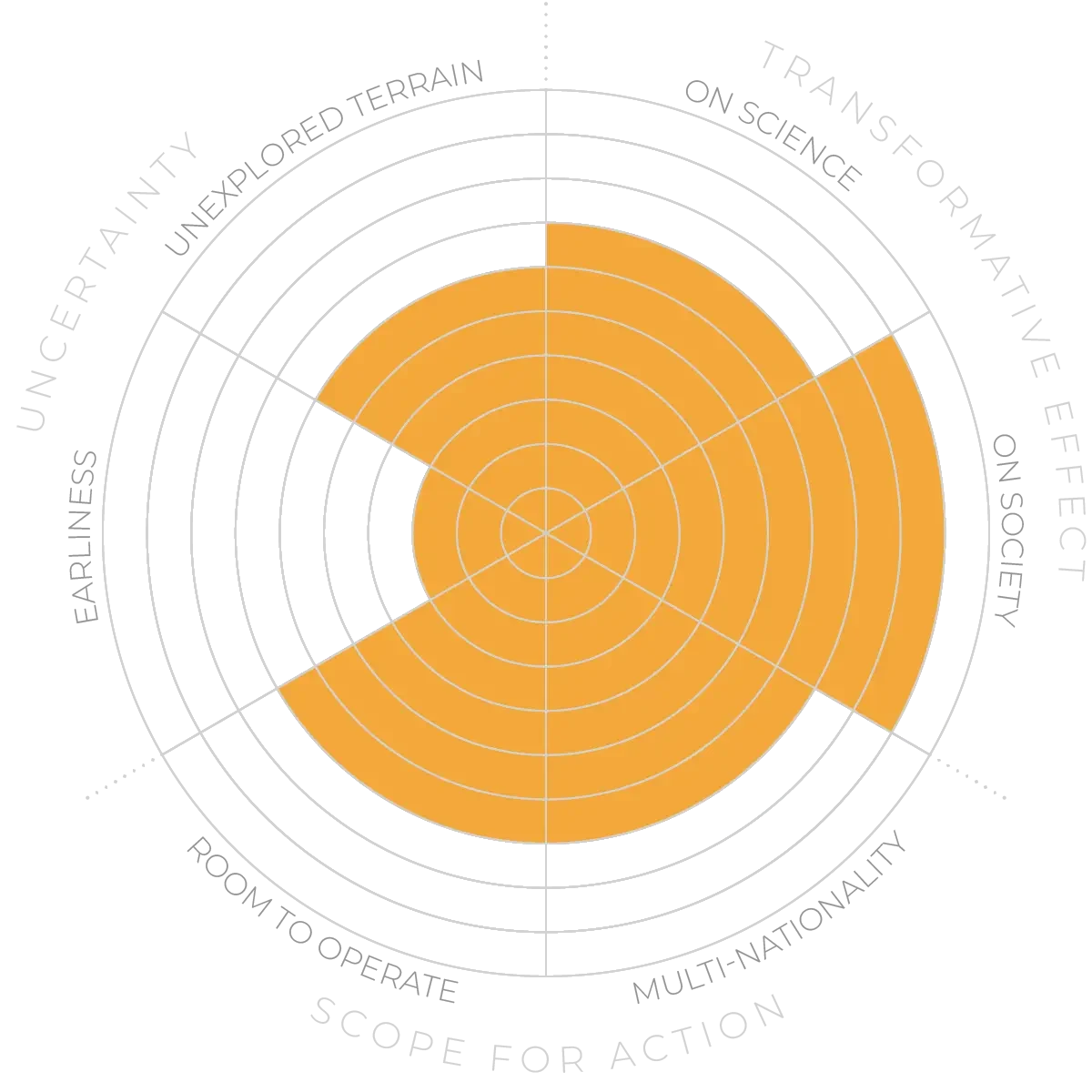5-yearhorizon
AI cybercrimes change focus of security
AI is used to encourage people to use IT systems without employing proper security measures. A handful of spectacular cybercrimes demonstrate the role of AI in exploiting weaknesses in conventional security systems. The issue focuses the global security community on whether and how to control AI as well as how to balance citizens’ rights with public safety.



